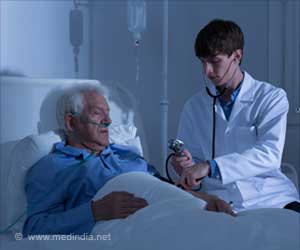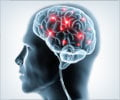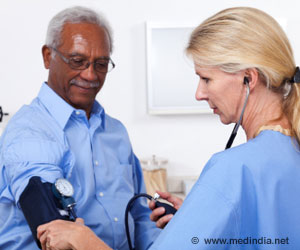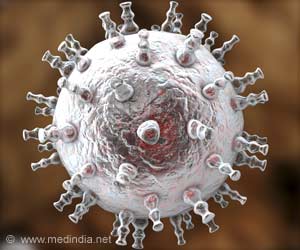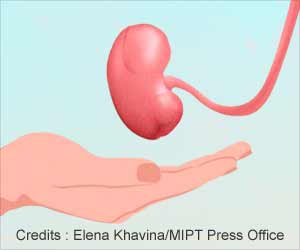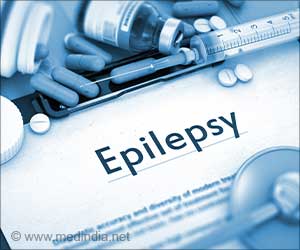In stroke patients, capacity of the human brain to modify itself structurally and functionally peaks around two weeks after a stroke and then decreases over time.

‘In stroke patients, capacity of the human brain to modify itself structurally and functionally peaks around two weeks after a stroke and then decreases over time. Delivering treatment within this small window can help in recovery.’
Read More..




This study followed the recovery of 60 stroke patients up to one year after their stroke. The researchers showed conclusive evidence that the brain only has a small window of opportunity to more easily repair itself after stroke.Read More..
Lead author Dr Brenton Hordacre, from the University of South Australia said that previous animal studies suggested the same case, but this is the first time conclusive evidence that this phenomenon also exists in humans.
The researchers took brain scans of stroke survivors as they recovered over a period of 12 months and found that in the early days following an ischemic stroke (caused by a blocked artery to the brain), the brain has a greater capacity to modify its neural connections, functions, and structures is increased.
Dr Brenton Hordacre said, “It is during this early period after stroke that any physiotherapy is going to be most effective because the brain is more responsive to treatment. Earlier experiments with rats showed that within five days of an ischemic stroke they were able to repair damaged limbs and neural connections more easily than if therapy was delayed until 30 days post stroke.”
Neural plasticity is the capacity of the nervous system to modify itself, functionally and structurally in response to experience and injury. Brain plasticity also referred to as neuroplasticity is the ability of the brain to change and adapt after an experience, injury.
Advertisement
On evaluation, it was observed that the plasticity was strongest around two weeks after stroke in the non-damaged motor cortex. There was no change in the damaged hemisphere in response to cTBS.
Advertisement
According to the current evidence, less than eight minutes of daily therapy is dedicated to upper limb recovery within the first four weeks of a stroke.
Dr Hordacre said, “Delivering more treatment within this brief window is needed to help people recover after stroke. The next step is to identify techniques which prolong or even re-open a period of increased brain plasticity, so we can maximize recovery. The next step is to identify techniques which prolong or even re-open a period of increased brain plasticity, so we can maximize recovery.”
Source-Medindia

